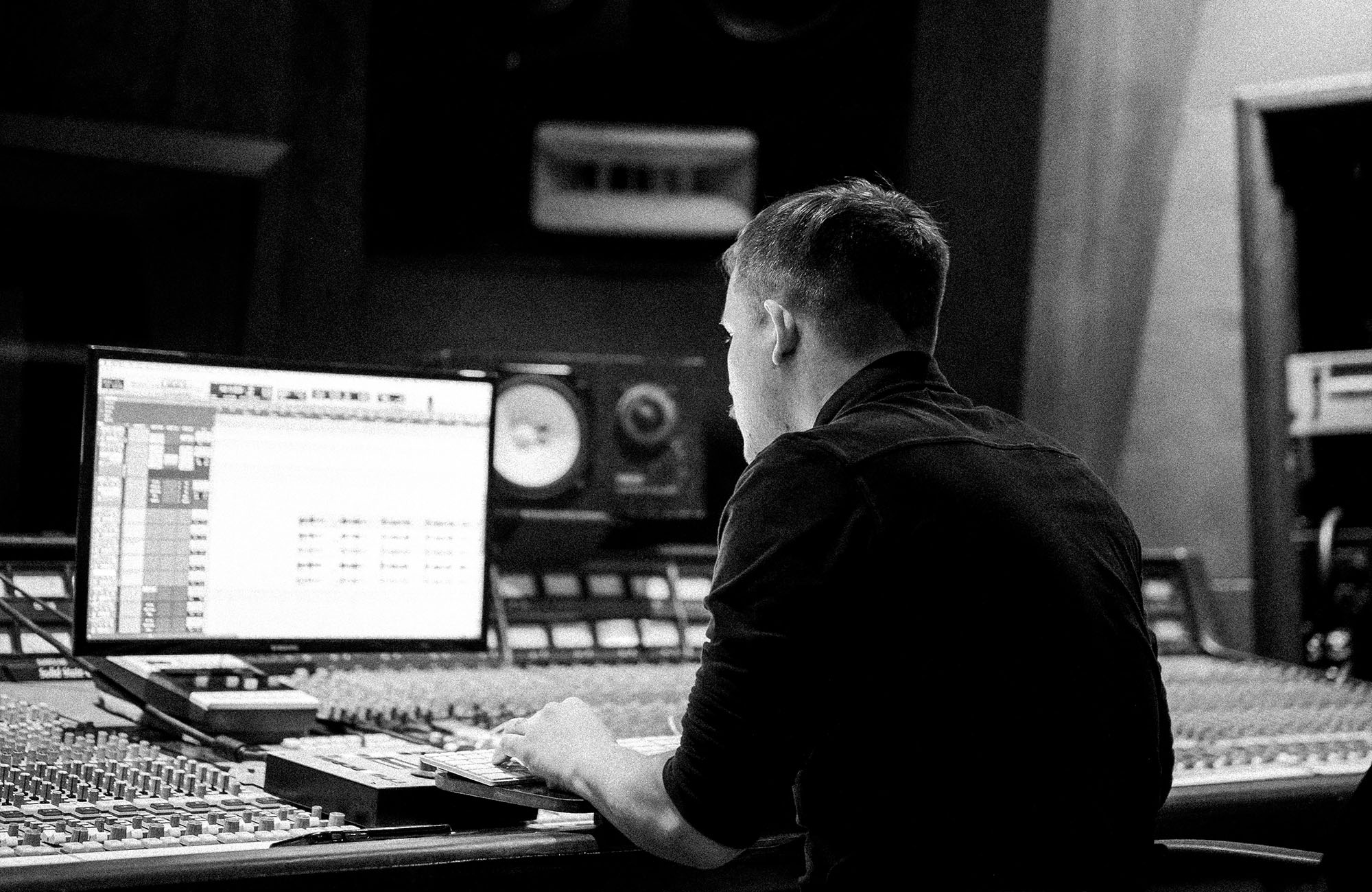
The Art of Choosing the Perfect Beat: Unveiling the Creative Process of Artists
Music has the power to captivate our emotions, ignite our imaginations, and transport us to different worlds. Behind every great song lies a carefully chosen beat, which serves as the rhythmic backbone that propels the music forward. Choosing the perfect beat is a crucial decision that artists face during their creative process. It sets the tone, establishes the mood, and influences the overall impact of the final composition. In this article, we delve into the intricate artistry of how artists select the ideal beat, exploring the factors, considerations, and inspirations that guide their choices.
Understanding the Purpose:
Artists embark on a profound journey when selecting a beat for their music. It starts with a clear understanding of the purpose of the song. Whether they seek to convey a specific emotion, tell a story, or convey a message, the beat must align with the intended purpose. It acts as a conduit for the artist’s vision and helps translate their intentions into the language of rhythm.
Exploring Musical Styles and Genres:
The choice of beat is heavily influenced by the artist’s preferred musical style or genre. Different styles possess unique characteristics and elements that define them. For instance, a hip-hop artist might prioritize a hard-hitting, bass-heavy beat, while a jazz musician might seek a swing rhythm with intricate instrumentation. By immersing themselves in various genres and styles, artists expand their sonic palette and gain a deeper appreciation for the subtleties that make each genre distinct.
Connecting with Emotion:
Music has the remarkable ability to evoke powerful emotions within the listener. Artists aim to establish an emotional connection with their audience through their music, and the beat plays a crucial role in achieving this. Artists carefully listen to various beats, exploring the emotions they evoke, and seek one that resonates with the mood they want to convey. A slow, melancholic beat may be chosen for a heartfelt ballad, while an upbeat and energetic beat could be perfect for a dancefloor anthem.
Collaboration and Inspiration:
Artists often collaborate with producers and other musicians during the creative process. These collaborations can spark new ideas and influence the choice of beat. Producers bring their expertise, technical skills, and creative vision to the table, suggesting beats that align with the artist’s vision. Additionally, artists may draw inspiration from other artists, songs, or even everyday life experiences, which can shape their preference for a particular beat.
Experimentation and Innovation:
True artistry lies in pushing boundaries, experimenting, and challenging conventions. Artists are constantly exploring new sounds and unconventional beats to create unique musical experiences. They may experiment with blending genres, incorporating unexpected elements, or reinterpreting traditional beats in innovative ways. By embracing experimentation, artists can discover hidden gems and unlock new artistic dimensions.
Personal Connection and Authenticity:
Artists often gravitate toward beats that resonate with them on a personal level. The beat becomes an extension of their own artistic expression and allows them to showcase their individuality and authenticity. Artists seek beats that align with their musical identity and reflect their artistic journey, ensuring that their music remains true to themselves.
Technical Considerations:
Beyond the artistic and emotional aspects, artists also consider technical factors when choosing a beat. The tempo, rhythm, and structure of the beat must complement the artist’s vocal style, flow, and lyrical content. Harmonic elements, such as key and chord progressions, need to be in sync with the artist’s melodic choices. The sonic characteristics, such as the quality of the sounds and production techniques, also play a vital role in shaping the artist’s sonic identity.


No Comments